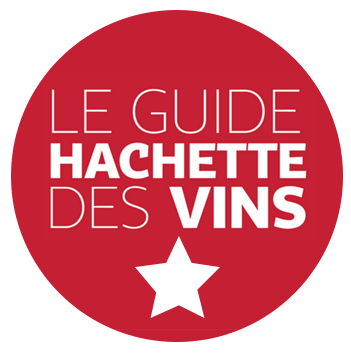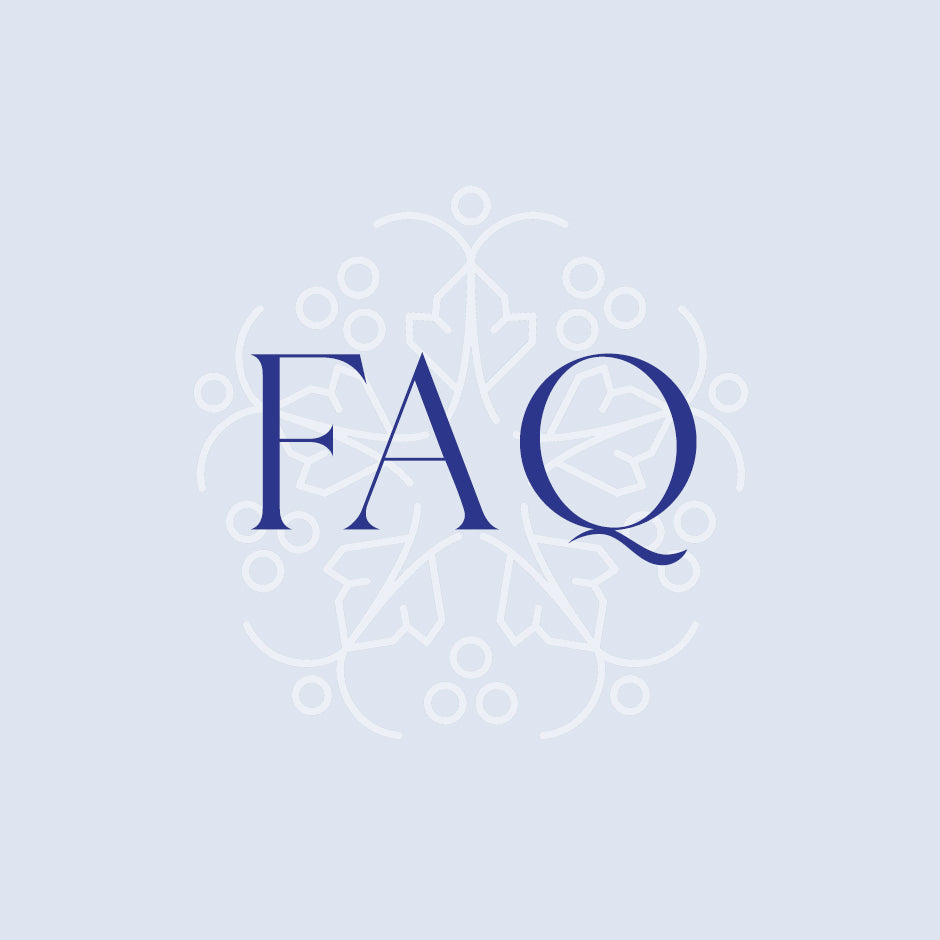
Guide Hachette des Vins 2025 - 1*
1 étoile
![]() You need 150,00€ more to benefit from free delivery!
You need 150,00€ more to benefit from free delivery!
Your shopping cart is empty
![]() You need 150,00€ more to benefit from free delivery!
You need 150,00€ more to benefit from free delivery!
Your shopping cart is empty
Deep and intense

Guillaume Roffiaen